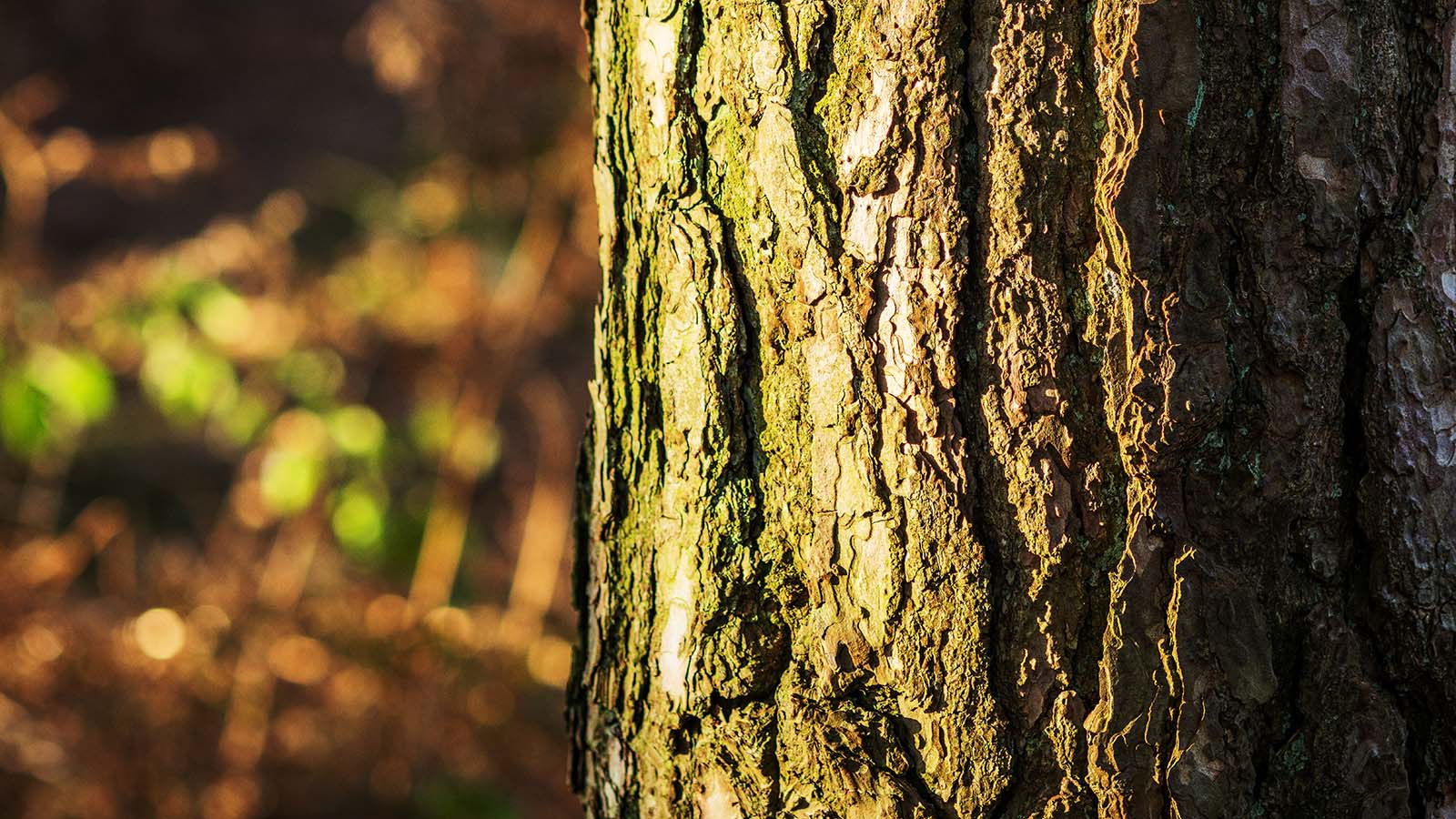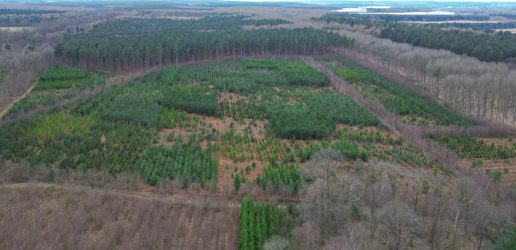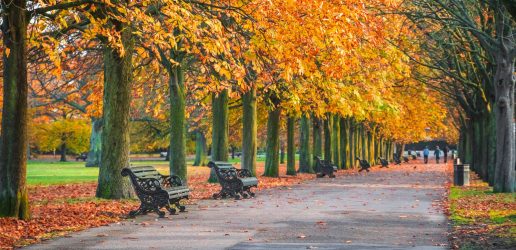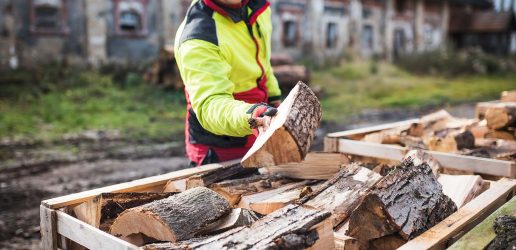Forest Research has published a comprehensive set of new carbon information resources on the Climate Change Hub, strengthening the Hub’s position as the UK’s leading source of climate change adaptation and mitigation information and guidance for forestry.
The Climate Change Hub is the official home for practical advice and authoritative information to help land managers, foresters and woodland owners, who often have multiple management objectives, navigate the challenges of a rapidly changing climate. With the addition of new carbon-focused content, the Hub is the go-to, one-stop shop to help decision-making around key topics such as timber production, biodiversity, carbon sequestration and increasing resilience.
What’s new on the Climate Change Hub
The new carbon section on the Climate Change Hub provides concise overviews of some of the key topics and highlights some considerations when carbon sequestration is a management objective. It covers the following key areas:
- Measuring forest carbon and understanding the forest carbon cycle
- An introduction to the Woodland Carbon Code (the quality assurance standard for woodland carbon projects in the UK) and carbon credits
- Wood products and their long-term carbon benefits, including a new wood products factsheet
- Woodland creation considerations and potential to sequester carbon
- Agroforestry and environmental benefits
- Climate change impacts on soil carbon
- Forest bioenergy
These resources are supported by videos, factsheets and decision support tools.
Robert Matthews, Head of Mensuration, Growth and Yield at Forest Research said, “Forests and woodlands are vital in the fight against climate change and reducing greenhouse gas emissions. As trees grow, they absorb carbon dioxide from the atmosphere, releasing oxygen and trapping carbon in woody tissue. As a result, nearly 50% of a tree’s dry mass is made up of carbon, and there is a substantial carbon reservoir below ground in the roots and particularly in the soil.”
Robert continued, “In addition to carbon sequestration, forests and woodlands provide multiple benefits, from flood mitigation and wood products to recreation and biodiversity, so a balance needs to be achieved. Carbon research is ongoing and moving all the time which can be a challenge for land managers. We hope the new information on the Climate Change Hub provides a useful overview of carbon stocks and sequestration in forestry and helps to highlight some of the areas to consider.”

Trusted, practical advice
Curated by Forest Research, Great Britain’s leading organisation for forestry and tree-related research, the Climate Change Hub distils the latest science and UK Forestry Standard guidance, provides practical advice and links to more detailed resources about adapting woodland management to the changing climate.
Whether you’re a seasoned forester or new to woodland management, the Climate Change Hub provides resources, case studies and signposting to a range of decision-support tools including ForestGALES which estimates the probability of wind damage to stands, and Ecological Site Classification (ESC) which assesses the current and future suitability of tree species for a site.
In addition to the new forest carbon information, the Climate Change Hub now also features new information on projections for future temperature and rainfall, as well as urban forests and training and development opportunities.
Visit the Climate Change Hub to explore the new carbon resources.
Recent News
View All news
Seventeen coniferous tree species show early promise for future commercial timber production in the UK
Researchers have set up a network of nine large scale experiments across the UK to test the suitability of 17 tree species as potential alternatives for future commercial timber production.
Forest Research are looking for people involved in the harvesting, processing, transport, import, or trade of firewood in Scotland to complete an important survey.

New guide to help local authorities conduct a people survey on the social value of their treescapes
A new step-by-step guide to help local authorities, charities and civic societies carry out a people survey to understand social and cultural values related to trees in their area, is now available.

Seventeen coniferous tree species show early promise for future commercial timber production in the UK
Researchers have set up a network of nine large scale experiments across the UK to test the suitability of 17 tree species as potential alternatives for future commercial timber production.
Forest Research are looking for people involved in the harvesting, processing, transport, import, or trade of firewood in Scotland to complete an important survey.

New guide to help local authorities conduct a people survey on the social value of their treescapes
A new step-by-step guide to help local authorities, charities and civic societies carry out a people survey to understand social and cultural values related to trees in their area, is now available.

